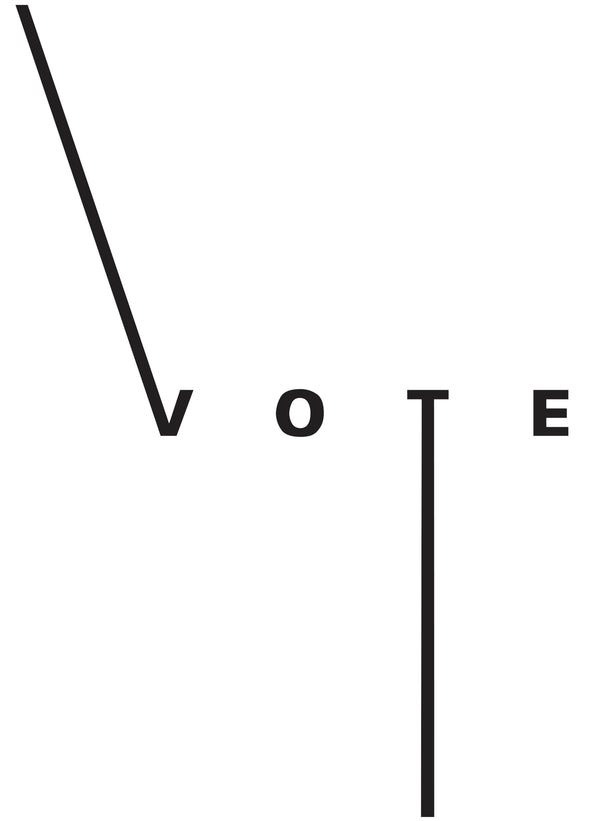A comparison of how price the price we pay for coffees relates to their score (2021-2022)
Score vs Price scatterplot
(Click the link and hover over each point to learn more)
We were inspired to analyse our price and score data for coffees after reading the 2022 Specialty Coffee Transaction Guide. After extensive analysis, they found that after controlling for lot size and quality certain countries (particularly Ecuador, Panama and Kenya) receive particularly high prices for their coffees. At the other end of the scale, they found that coffees from Brazil, Burundi, Tanzania and Rwanda receive proportionately low prices.

We found this data interesting and created our own graph comparing ex-warehouse prices (the price that we pay for green coffee) to our cupping scores.

This graph shows the price we paid for a coffee, compared to its "objective" quality, as represented by score. One could expect that the plots would form a roughly 45° angle, meaning that the price would increase as the quality (score) increases.
Instead, the plots form a relatively flat line across the graph with a few major outliers. This demonstrates the coffee quality does not always equate fairly to coffee price. Reasons that a coffee's price might not correlate with its score include:
-higher costs of production in certain countries. Costs of production can be influenced by factors such as available infrastructure, wage costs, terrain, and vulnerability to climate change.
-producers from countries with long-established reputations for high quality being able to demand higher prices
-higher logistics costs for some countries/purchases
-high import or export taxes for certain countries of origin. Social and political factors such as wars or economic depressions can have an impact on coffee prices.
These are not reasons to buy only "good value" coffees in a conventional sense. Rather, we believe that determining a coffee's "worth" needs to factor in more than its cupping score. We believe that there is inherent value in buying coffees from newer coffee markets, where higher costs of production (relative to Brazil, for example) mean that prices are disproportionately high. When we buy coffee from Timor Leste, for example, we chose to pay a high price relative to quality, because we know that our purchases are contributing to investment in infrastructure that will improve livelihoods and coffee quality long term. Similarly, it is impossible to expect coffees from Yemen to price competitively against other coffee origins, as civil war is destroying infrastructure, exacerbating poverty, and disrupting supply chains.
Two significant outliers that you will notice are the robusta coffees from Guinea. This is another example where, in order to support a project who's social and biodiversity work we believe in, we are happy to pay a very high price relative to quality.
